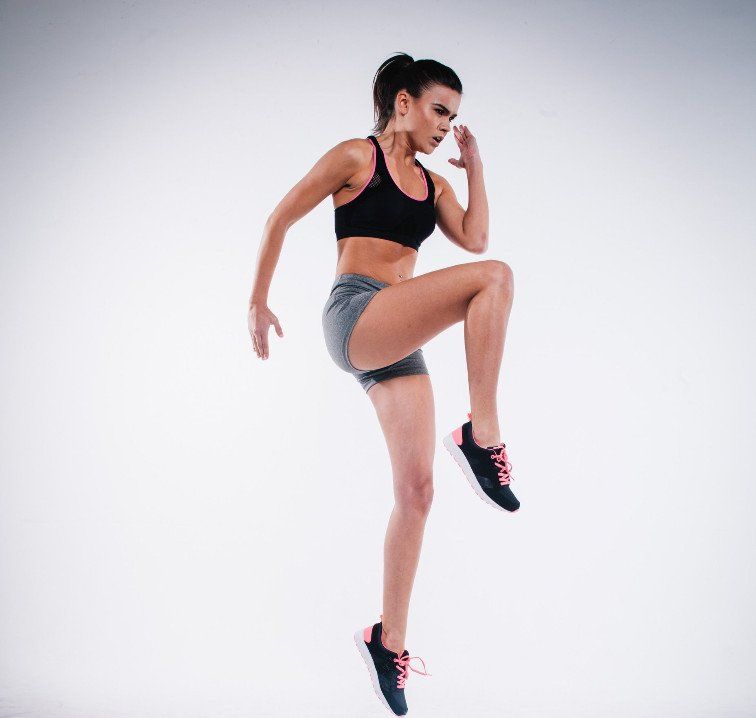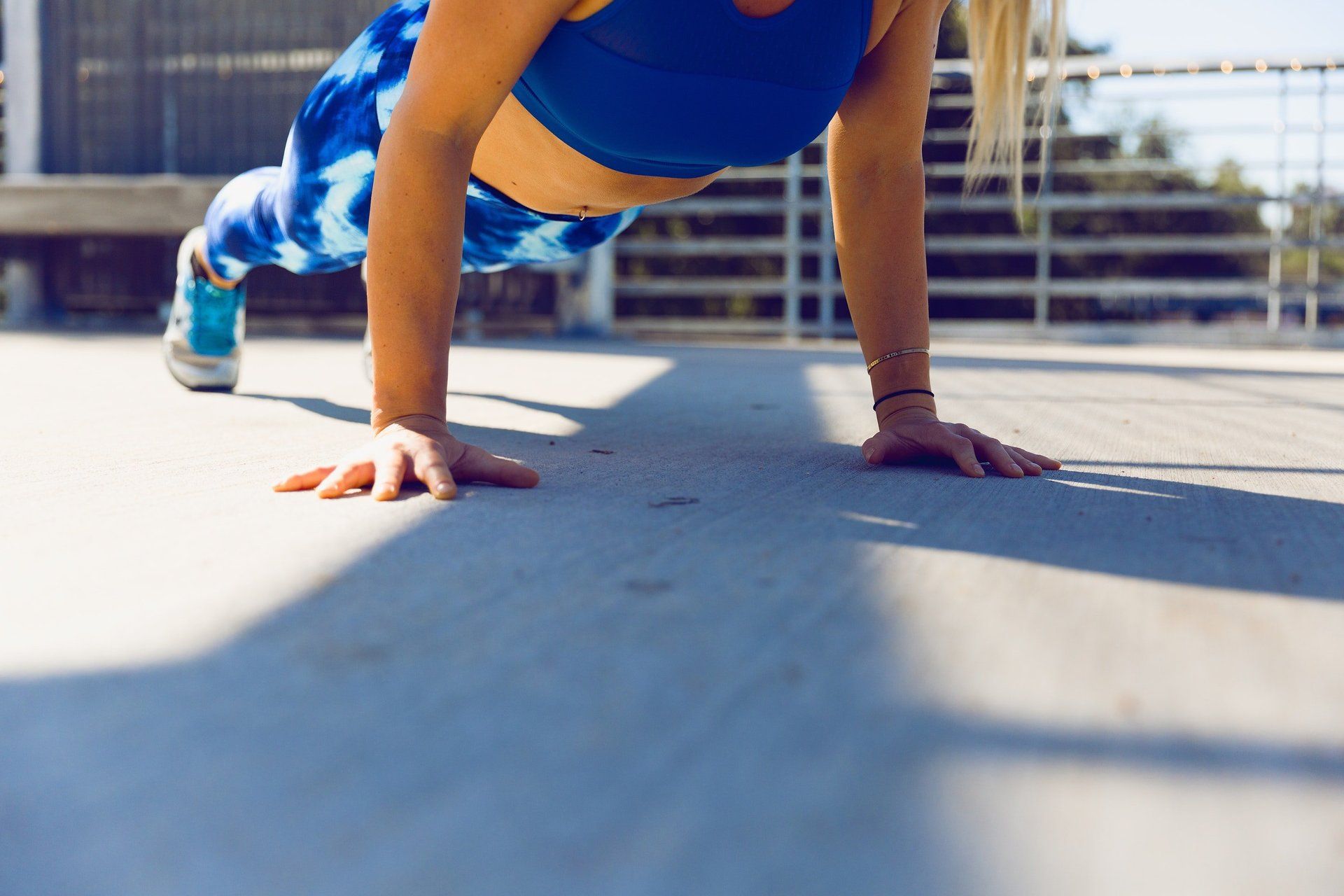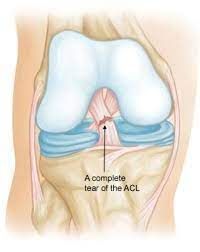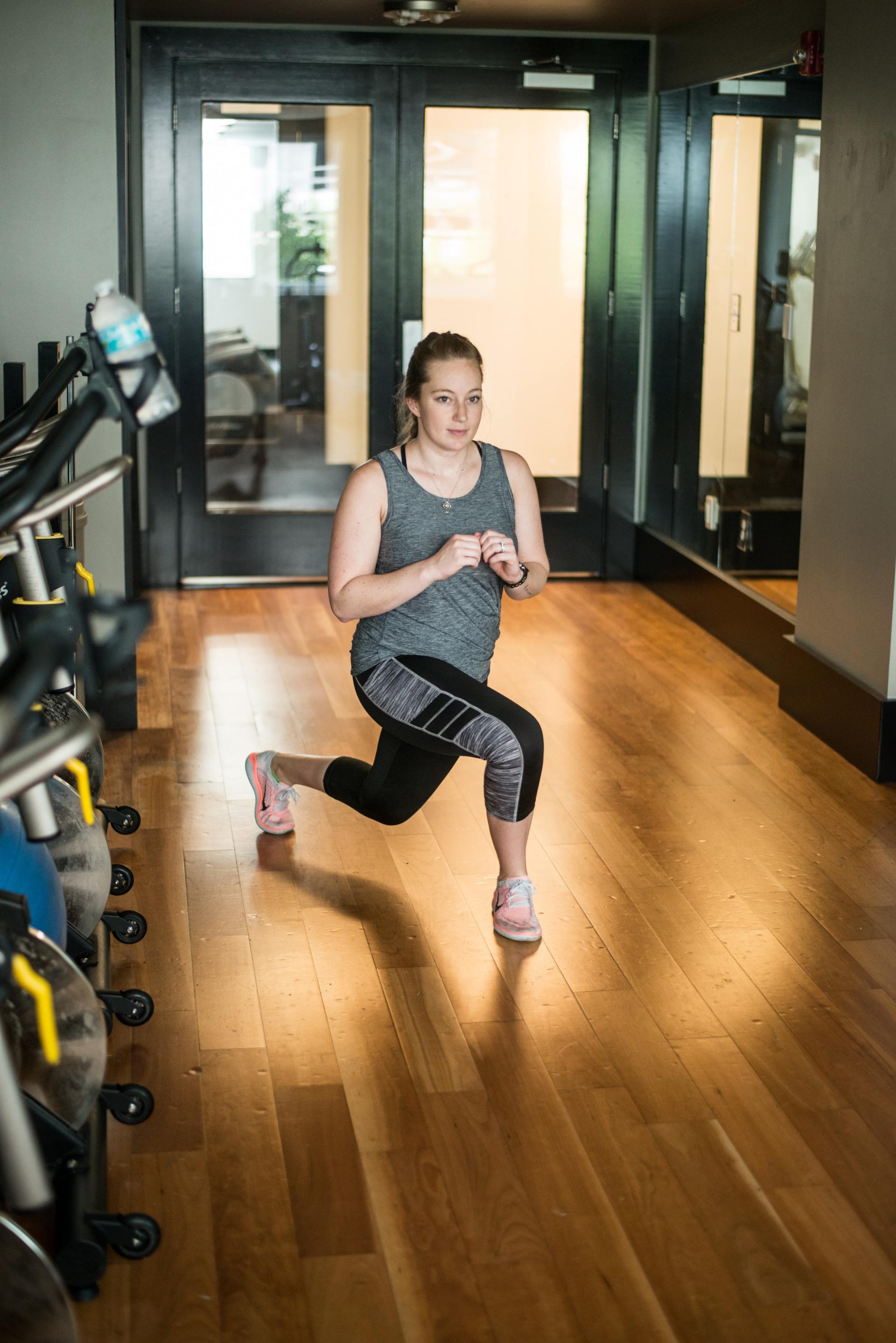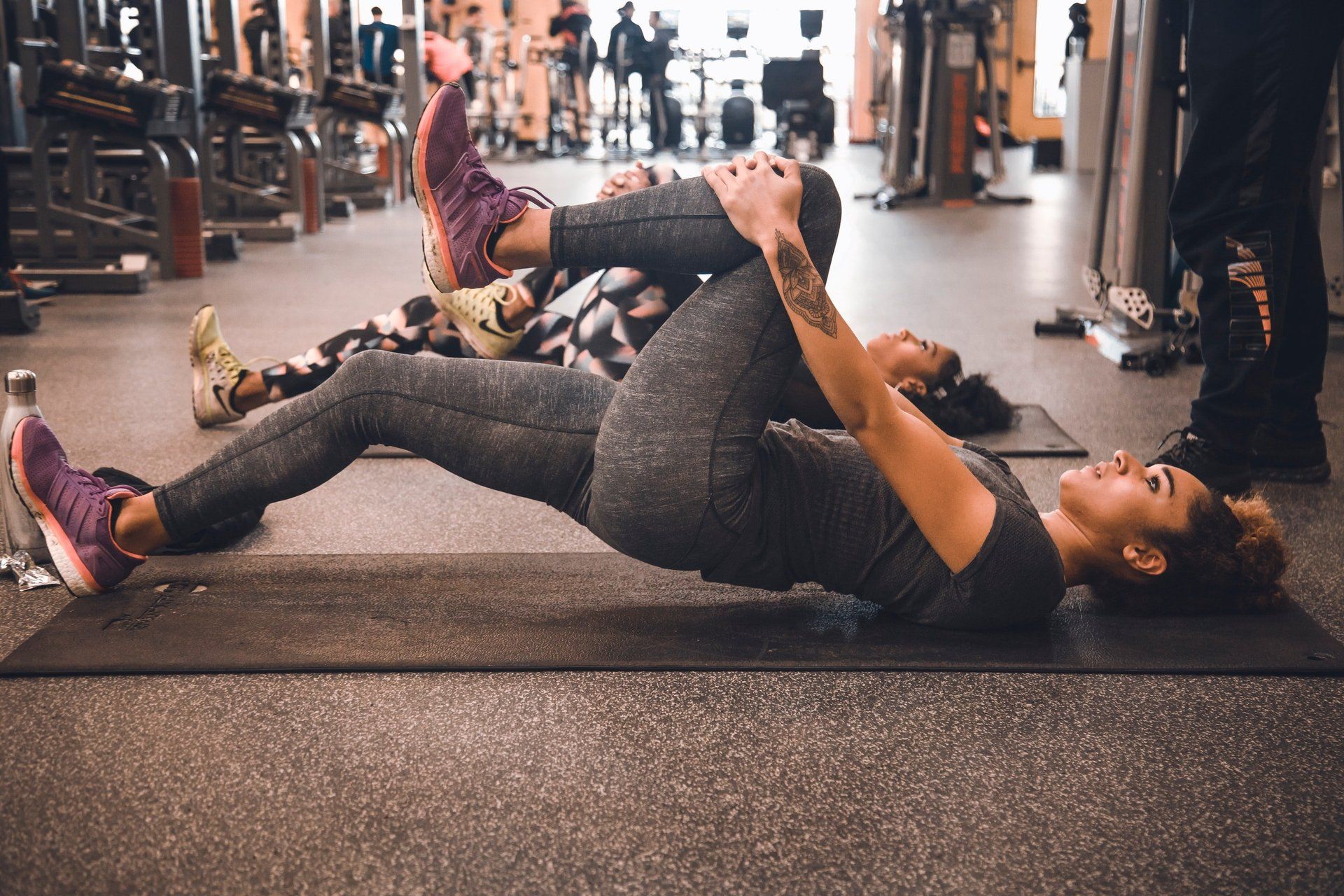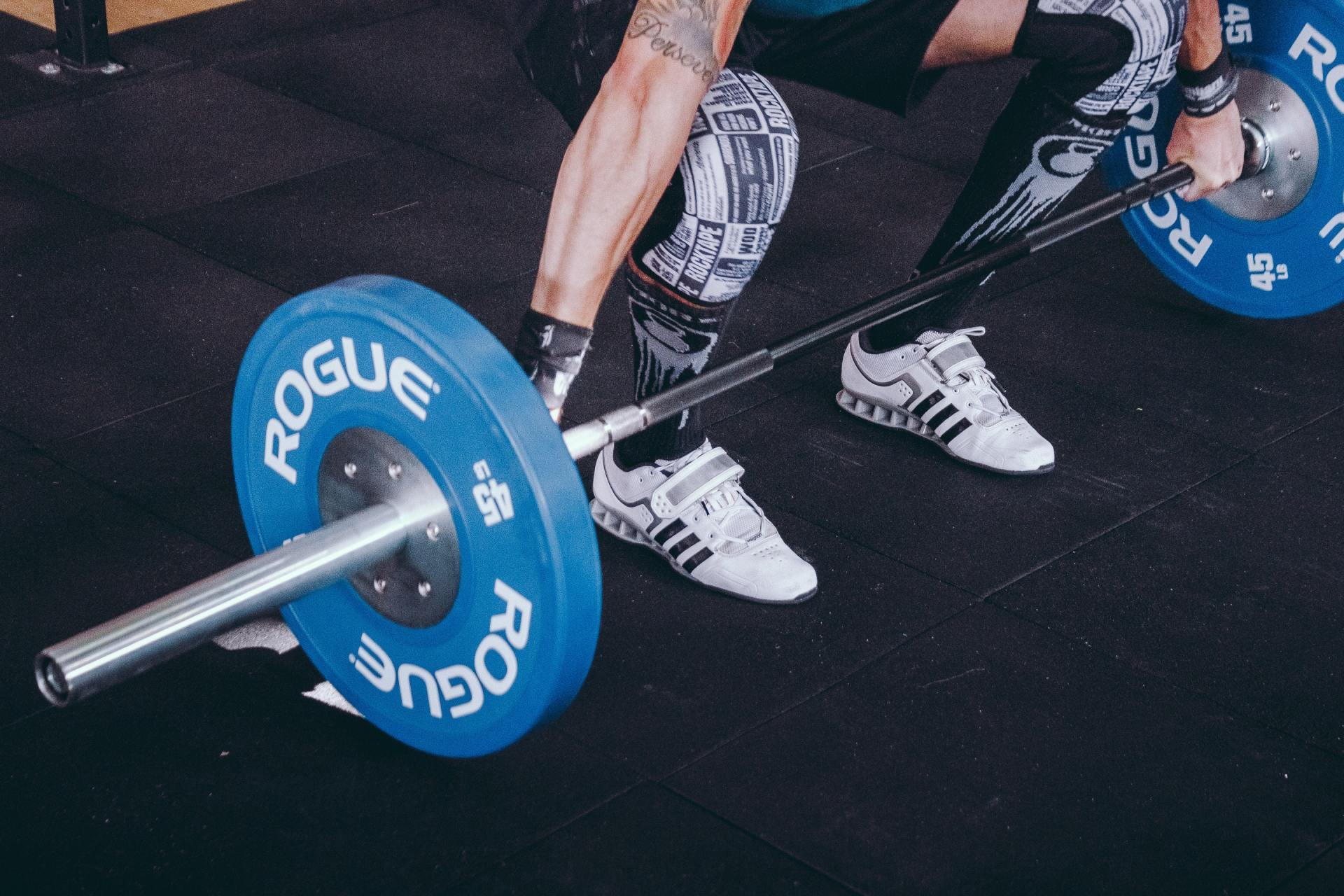Power to Plyometrics
Beef up your Workouts with these techniques
Plyometric exercises can be crucial for people who want to improve their
strength and explosive power, as well as athletes who play sports that
require quick bursts of pace, for instance.If you want bigger and stronger muscles then most of your training time
should be dedicated to lifting weights. But you can reach your size and
strength goals faster by also including some weekly plyometric work,
which means doing more explosive bodyweight moves such as box jumps or clap press-ups
The research found that subjects who performed plyometric exercises
added more muscular size and had greater power output than those who
didn’t. And the best bit – aside from not needing any equipment – is
that you only need to do it once a week, because those who did just one
plyometric session a week saw greater benefits than those who did four.
Download our FREE Plyometric workout
to your phone, link at bottom of article
What are they?
Plyometric exercises are a form of power training designed to increase the strength and elasticity of muscles by increasing the speed and force of contractions. This is done by performing explosive movements that first lengthen and then shorten the muscle through the contraction that takes place.
While plyometric exercises can be done by beginners at a lower intensity, it is important to note that when doing more advanced variations you should have some degree of strength and fitness that has come from doing sports or working out due to the nature of these movements.
They involve any sort of jumping movement where a part of your body leaves the ground and downward force is applied on your follow through – think skipping, lunging, jumping, and variations of push-ups, like claps!
In short, a plyometric contraction involves three consecutive phases:
Eccentric Phase – a rapid muscle lengthening movement
Amortization Phase – a short resting phase
Concentric Phase – an explosive muscle shortening movement
Why do them?
The goal of plyometric exercises is to maximize muscle contraction, quickly, which increases the output of muscle power. In doing so, the strength of your fast-twitch muscle fibers increases along with their ability to exert a high amount of force in a short space of time.
Athletes or people who enjoy doing sports will see the most benefit from doing plyometric exercises as it is a power exercise that elevates the body’s ability to perform quick movements. This ability to apply more force can then be applied to any specific sport: football, basketball, tennis, rugby, swimming
Athletes normally need to exert a high amount of force in the shortest amount of time. Whether it’s a sprinter running flat out over a short distance or a footballer kicking a ball with as much power as possible, plyometric exercises will serve to enable them to do this to their maximal capability.
Plyometric exercises are also beneficial to people undergoing rehabilitation or for limiting injury risk. This is because your muscles will become more flexible and accustomed to forceful movements.
In short, the benefits of plyometrics can be summed up as:
- Improved storage and utilisation of elastic strain energy
- Increased active muscle working range
- Enhanced involuntary nervous reflexes
- Enhanced length-tension characteristics
- Increased muscular pre-activity
- Enhanced motor coordination
Dopwnload our FREE Starter
Plyometric workout Now
Complete full body workout featuring 11 Plyometric exercise that will target your major muscles building power and strength.
How do you perform them?
Plyometric exercises can be performed in a number of ways that vary in intensity. You can start at the very beginning and as you build up your strength and flexibility you’ll be able to see a steady progression in performance.
Some examples of plometric exercises:
- Jumping Jack
- Squat Jumps
- Burpees
- Mountain Climbers
Conculsion
Plyometric training has been shown to increase muscular power, speed,
agility and strength. It is also an important component of
rehabilitation and conditioning programs becausestretch-shorten cycleexercise actions that
constitute plyometric exercises are a natural characteristic of human
movements from activities of daily living to elite level sporting
actions.Once you have mastered these, you can move on to combining and varying
up your exercises. What plyometric exercises also offer is another way
for you to train. All too often we see that people get bored of their
routine in the gym, and this can occasionally lead to people stopping
their training altogether. By adding difference to your workout you’ll
not only target different groups of muscles at different times, but
present yourself with new challenges to overcome to keep your body
guessing and ensuring that you don’t plateau.
Richard Watson
Sports Therapist


